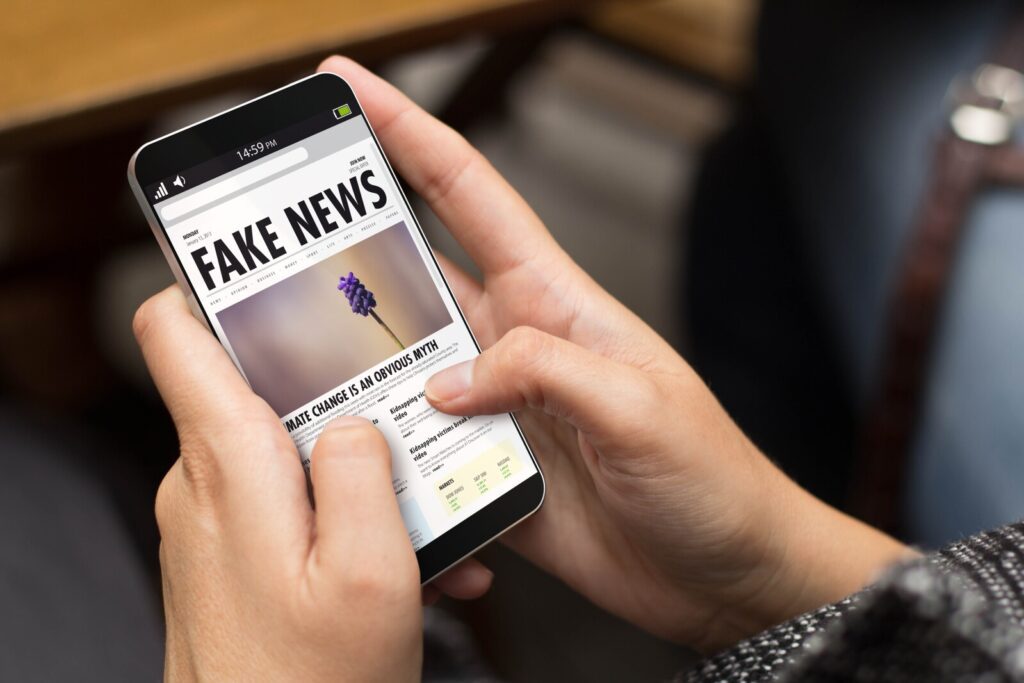Fake news — or articles, videos and social media posts containing false, half-true or misleading information — is a common issue today, and many people have been led to believe things that are misrepresented or not true. Knowing how to spot fake news is crucial in order to remain both informed and educated.
defines fake news as “false information that is broadcast or published as news for fraudulent or politically motivated purposes.”
This information is usually designed to look like legitimate news articles and is published with the goal of misleading people and/or persuading them to believe something. Many fake news articles are often based on true news stories, but misrepresent the details. Some fake news articles have been found to be completely made up.
Fake news is a type of misinformation. Misinformation is defined as any kind of false or inaccurate information that is shared either intentionally or unintentionally, according to
Disinformation, on the other hand, is defined as fake news along with false claims, such as those posing as government propaganda, or put out by social media accounts or brands trying to sell a product or service.
Oftentimes misinformation is spread and shared because people genuinely believe it’s real and they have no idea they’re sharing something inauthentic.
Recognizing and avoiding it
With the rise of artificial intelligence (AI), fake news has become more of an issue than ever before. AI can generate realistic images, videos, audio clips and even articles that seem like they were written by a real, professional reporter. If something seems too crazy or suspicious to be true, be cautious and look further into it.
The first and best way to avoid fake news is by gathering your news from credible sources and doing further research to ensure the information is correct. When you find news on social media, tracing it back to its original source is always a good idea.
One way to check the credibility of a source is by investigating the source site. Credible sites usually have an “About Us” page and contact information. If there is little information on the site, chances are it’s not credible.
It is also wise to get your news from multiple credible sources. If the information across these sites aligns, it is most likely not fake news.
Never just read the headline. Headlines are often bizarre and dramatic to get clicks, but the article itself is should not be. Always read further into an article before sharing the headline.
It is also important to check the date an article was published. Sometimes, an older article becomes outdated and is no longer accurate by the time the post is shared with you.
Be conscious of biases — both your own and the author’s. Our biases can affect how we consume and judge news. Authors can also publish things with their own biases, and it is crucial to recognize when news is biased. Local newspapers will typically have more details about happenings in their community than national sources.
Always support local experts. News reporters and journalists are typically experts in their fields, having conducted extensive research. You can amplify their work by sharing it and kindly correcting misinformation with links to credible sources.
There is always something to be learned from news, but only if it is accurate and genuine. Being able to weed out the fake news is the best way to grow and to know.

Adria Peters began her position with Forum Communications Company as Audience Engagement Specialist in June 2024. Readers can reach Adria by email at adria.peters@forumcomm.com.


